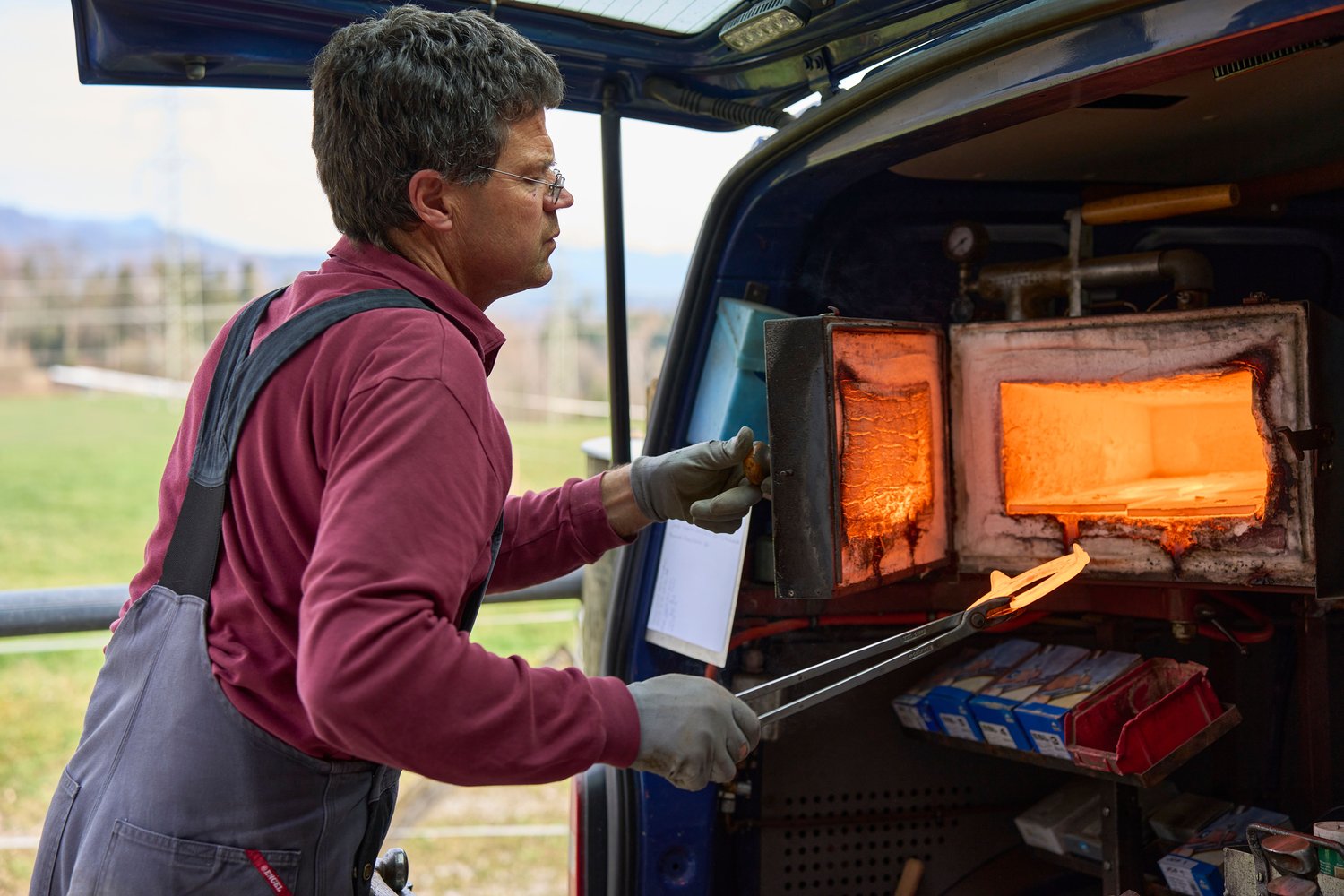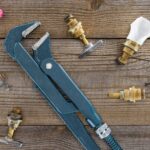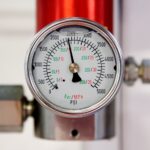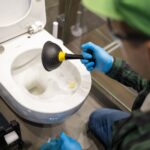Winter is on the horizon, and with it comes a critical need for a functioning furnace to keep your home warm and cozy. But what happens when your furnace fails to generate heat, leaving you in the cold? Understanding the common causes of furnace issues can be your first step in restoring comfort to your home.
- Learn how thermostat settings might be the simple solution you overlooked.
- Discover the role of pilot lights and ignition systems in maintaining consistent heat.
- Identify when clogged filters could be suffocating your furnace’s performance.
- Explore deeper issues, such as electrical faults or blower motor failures, that might require a professional’s touch.
By diving into this comprehensive troubleshooting guide, you’ll be equipped to handle furnace problems swiftly and efficiently—minimizing downtime and ensuring your home remains a haven of warmth during the cold months.
Identifying Common Furnace Problems: Troubleshooting Guide for No Heat Issues
Understanding the typical reasons behind furnace failures is crucial for effective troubleshooting. When your furnace is not producing heat, several common culprits may be at play. These issues can range from simple to complex, and by identifying them accurately, you can take swift corrective action.
One of the primary suspects is thermostat malfunctions. A thermostat that isn’t functioning properly can result in inadequate furnace operation, leading to no heat when you need it most.
Another frequent issue is related to the pilot or ignition system. Modern furnaces often rely on an electronic ignition or traditional pilot light. When these components face problems, the furnace may fail to ignite and produce heat.
Lastly, clogged air filters can obstruct airflow and impede your furnace’s ability to work efficiently. Regularly checking and cleaning the filters ensures your system remains in optimal condition. Recognizing these common problems early can minimize disruption and restore comfort to your living space quickly.
Thermostat and Control Settings: An Essential First Step
When it comes to addressing furnace issues, the thermostat is often the first place to check. It plays a central role in regulating home temperature, and even minor malfunctions can result in significant disruptions.
Begin by ensuring the thermostat is set to “heat” and the temperature is appropriately dialed higher than the current room temperature. It’s wise to verify the power supply to the thermostat, ensuring it’s receiving electricity either through batteries or, if hardwired, through a reliable connection.
Next, inspect the thermostat to rule out any technical faults or wiring issues. If necessary, recalibrate the settings to ensure precision in temperature control. This simple yet critical step can often resolve heat production problems, maintaining a comfortable home environment.
Diagnosing Common Furnace Problems: Troubleshooting Guide for No Heat Issues
When your furnace isn’t generating heat, diagnosing deeper issues is crucial once you’ve ruled out initial problems. Faulty furnaces can disrupt your comfort, and identifying complex causes effectively can save both time and costs.
One potential source of malfunction could be electrical issues. Furnaces rely heavily on electrical components to function properly. Check your home’s circuit breaker to ensure no breakers have tripped. Loose or damaged wiring within the furnace system can also cause the unit to stop working. Inspect the wiring carefully, and if irregularities are suspected, it may be necessary to consult a professional electrician.
An often overlooked component is the limit switch, which plays a pivotal role in furnace operation. If this switch is faulty, it might prevent the furnace from running. The limit switch monitors the temperature inside the furnace, ensuring it doesn’t overheat. For those attempting a DIY approach, replacing the limit switch involves disconnecting the power and verifying the size and specifications to match the existing component.
Another common concern involves the blower motor, a vital part responsible for distributing heated air throughout your home. If no heat is being felt, inspect the blower motor for issues such as jammed motors or worn-out belts. Lack of proper lubrication and high operational stress can lead to blower motor failure. Regular maintenance can prevent these from escalating into severe problems.
Understanding these areas and conducting a systematic examination can facilitate finding solutions to your furnace’s heating issues. However, bear in mind that if the problem persists despite these troubleshooting efforts, engaging a seasoned professional can provide a reliable resolution, safeguarding your home’s warmth and comfort.
Furnace Troubleshooting FAQ
How can I tell if my thermostat is causing the furnace problem?
Check the settings: Ensure the thermostat is set to ‘heat’ and the temperature is higher than the room temperature.
Inspect for malfunctions: Look for blank screens or unresponsive controls, indicating possible battery issues or wiring problems.
What should I do if the pilot light won’t stay lit?
Inspect the pilot light: Ensure it is clean and debris-free.
Check the thermocouple: Make sure it is in the correct position and functioning properly.
Why is my furnace blowing cold air?
Check the thermostat: Confirm it is set correctly.
Inspect the pilot light: Ensure it is lit.
Examine the filter: A clogged filter can restrict airflow, leading to overheating and shutdown.
Can clogged filters really cause no heat?
Yes: Over time, dirty or clogged filters block air passage, leading to overheating and triggering the safety cutoff switch.
When should I call a professional?
Seek expert help: If basic troubleshooting fails, contact a professional to address complex issues like electrical failures or blower motor problems.





